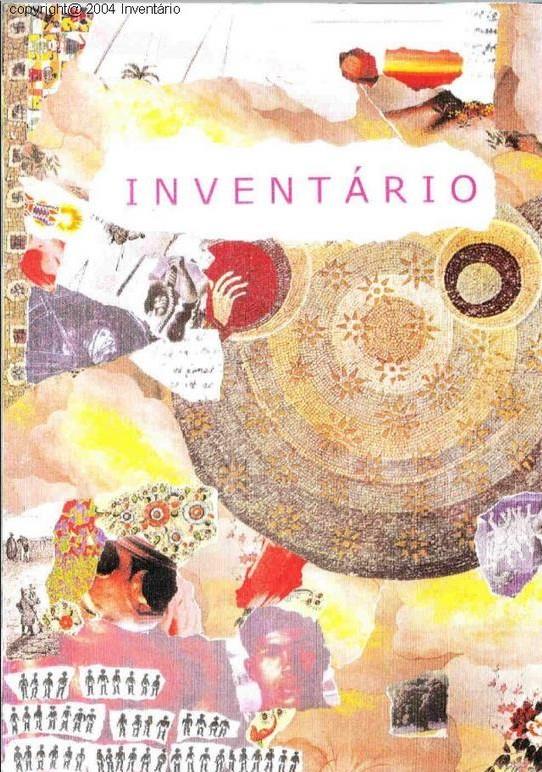19th century women in three plays
ALEXANDRE DUMAS (FILHO), HENRIK IBSEN E AUGUST STRINDBERG APRESENTAM MARGUERITE, NORA E JULIA
DOI:
https://doi.org/10.9771/revin.v0i29.46902Abstract
This text aims to observe the similarities and dissimilarities of three women protagonists in three 19th century plays: “The Lady of the Camellias” (1848), by Alexandre Dumas (son), “House of Dolls” (1879), by Henrik Ibsen, and “Miss Julia” (1888), by August Strindberg. It is interesting to note that these are plays by men that talk about women in the same century, in specificities of not only gender, but also sexuality, class, profession, and origin. In this sense, a comparative visualization is made between the characters: Marguerite, Nora and Julia, thinking of them in a dialogical viewpoint that reveals common and distinct traits. For this purpose, the historical context of such approaches is envisioned, together with the dissensions and consensuses of the context. It is noted how approaches that portray women in the same century allow us to visualize the social imaginary established about the supposed feminine social roles in the bourgeois society of that time.







